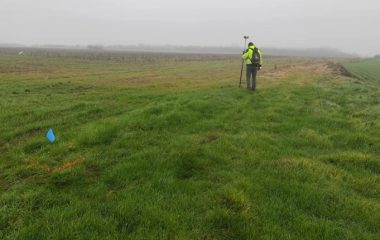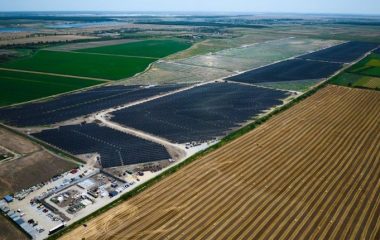
Photo: Foto: Boban Ristić/Chamber of Commerce and Industry.
If all the preparations go as planned, the Serbian electricity market could be coupled with the single European electricity market in 2026, Chief Operating Officer of SEEPEX Dejan Stojčevski said at a workshop on the models of the industry’s participation in the electricity market.
The coupling of the day-ahead and intraday markets at SEEPEX with the single EU market would further improve the conditions for the industry, as a consumer, and for electricity producers to enter the market.
It is also the next step in the development of the electricity market in Serbia, according to the participants of the workshop, organized by SEEPEX and the Chamber of Commerce and Industry.
According to Stojčevski, market coupling will bring various advantages, including an increase in the security of supply and the establishment of a regional benchmark price. It will also boost market liquidity, facilitate the integration of renewable sources and investment in the sector and secure the placement of electricity in the market.
The introduction of 15-minute trading is mandatory
To allow for market coupling, there are several necessary steps, as Stojčevski explained. The first one is the transposition of EU regulations, primarily the Guideline on Capacity Allocation and Congestion Management (CACM Regulation), followed by obtaining a full membership within the framework of Single Day-Ahead Coupling (SDAC) and Single Intraday Coupling (SIDC) and determining the local implementation project (LIP).
The market coupling itself involves contract signing, testing and the introduction of new roles, all of which SEEPEX has already initiated, Stojčevski stressed.
Rolling out a 15-minute trading interval is mandatory, he said and added that the country’s transmission system operator Elektromreža Srbije (EMS) is preparing it. Stojčevski estimated it could be implemented next year.
According to Stojčevski, allowing negative prices is not mandatory but it is desirable for market coupling.
If the transposition is completed by the end of the year, the coupled day-ahead market could become operational in the first quarter of 2026, while the intraday market would come online in the fourth quarter of 2026, Stojčevski said.









Be the first one to comment on this article.